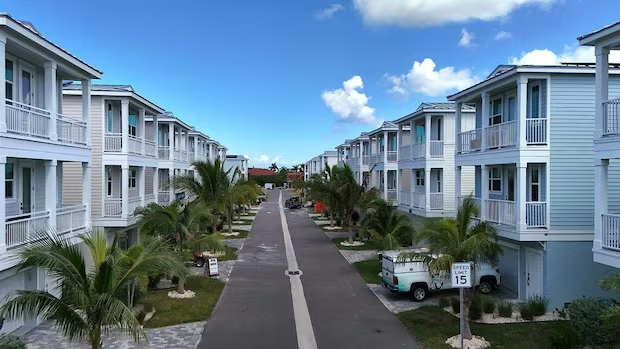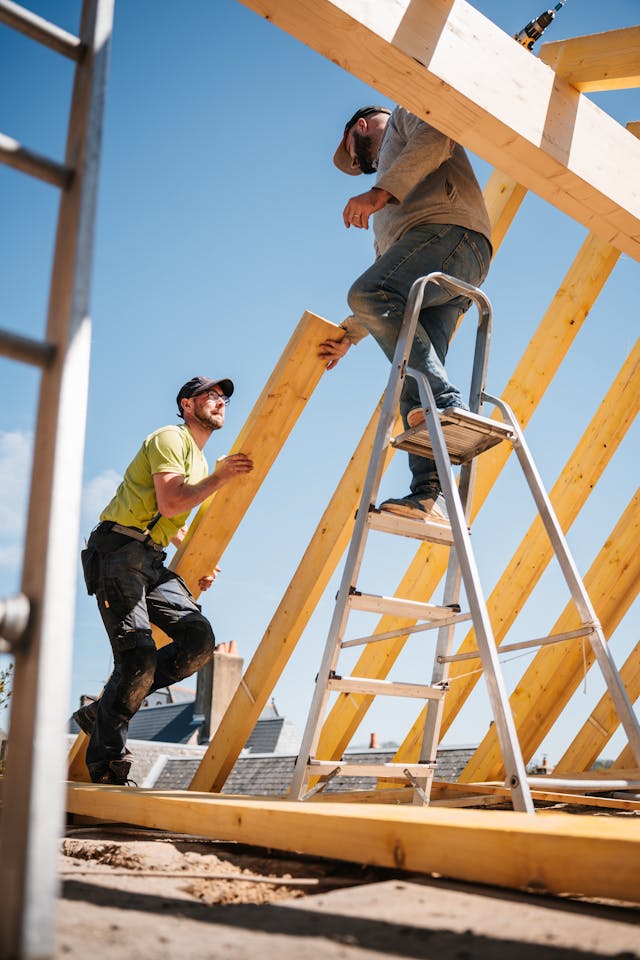
BRADENTON, Fla. — A coastal Florida community is emerging as a real-world model for climate-resilient living — a place where homes are engineered to withstand Category 5 hurricanes while generating all the power they need from the sun.

Hunters Point, located in Cortez near the Gulf shoreline, is the first residential development in the world where every home is certified as Zero Energy through the U.S. Green Building Council’s LEED program. The homes generate as much — or more — energy than they consume and are built to survive the increasingly destructive storms striking Florida.
The mission was ambitious from day one: build “the home of the future.”
But the concept needed a true test.
Since construction began in 2021, Hunters Point has endured some of the harshest weather Florida has ever seen — including direct impacts from Hurricane Ian (2022), Hurricane Idalia (2023), and an intense 2024 season bringing Hurricanes Debby, Helene and Milton within months of each other.
Neighboring streets flooded. Power outages stretched days.
Hunters Point? Fully functional.
“In Milton, power around us was out for eight days. We had power during the storm, and every single day after,”
— Marshall Gobuty, Founder & President, Pearl Homes
Storm surge from Hurricane Helene, one of Manatee County’s worst flooding events:

“didn’t even make it up the driveway of homes in Hunters Point, and the streets were dry by the next morning,”
— Gobuty
One homeowner described the calm inside the storm:
“We had no problems whatsoever. Nothing blew off, nothing went away,”
— William Fulford, Hunters Point resident
The result?
“We didn’t have one insurance claim,”
— Gobuty
Hunters Point has now earned:
1. FEMA recognition for climate resilience
2. National press coverage for storm survival
3. 2024 Green Builder Home of the Year Award
The project has become a case study in combining:
Globally, policymakers and developers facing rising climate risks are watching closely.
The idea started as a challenge from USGBC leadership:
“‘Marshall, you have to build a net-zero home,’”
— Mahesh Ramanujam, former USGBC President
Each home uses:
Rooftop solar panels to power daily energy needs
Sonnen ecoLinx battery + energy management system
Airtight design + efficient cooling to cut electricity use
Gobuty describes the process simply:
“It’s not that we’re that smart. It’s like Mr. Potato Head. We take the most important components and practices and put them together ourselves.”
Before launching the development, Pearl Homes built and tested a prototype for 18 months, which became the first residential home ever to earn LEED Zero Energy certification.
At Hunters Point:
Gobuty says real-world performance is surpassing expectations:

“How it’s actually worked out is that we’re generating 35% more power than the house is consuming, and we’re using 25% less,”
— Gobuty
Excess power flows back to the grid, providing energy bill credits for homeowners.
“So at the end of the year ... there really shouldn’t” be a bill, he said.
Florida is at the center of two converging crises:
1️. Insurance costs skyrocketing from climate damage
2️. Energy costs rising as electricity demand grows in extreme heat
Hunters Point directly tackles both — offering:
✔ Insurance-resilient structure
✔ Hurricane-proof design
✔ Self-sustaining power supply
✔ Reduced long-term housing costs
Experts say this could be the future — especially for coastal cities.
Developers, governments and insurers nationwide are now studying Hunters Point as:
1. A scalable model for coastal resilience
2. A pathway toward cleaner and more affordable energy
3. A new standard for construction in high-risk regions
What started as an experiment in a small Gulf village may soon influence homebuilding far beyond Florida — reshaping the way communities survive and thrive through storms.
Originally reported by Ryan Ballogg, Bradenton Herald (TNS) in Tampa Bay Times.